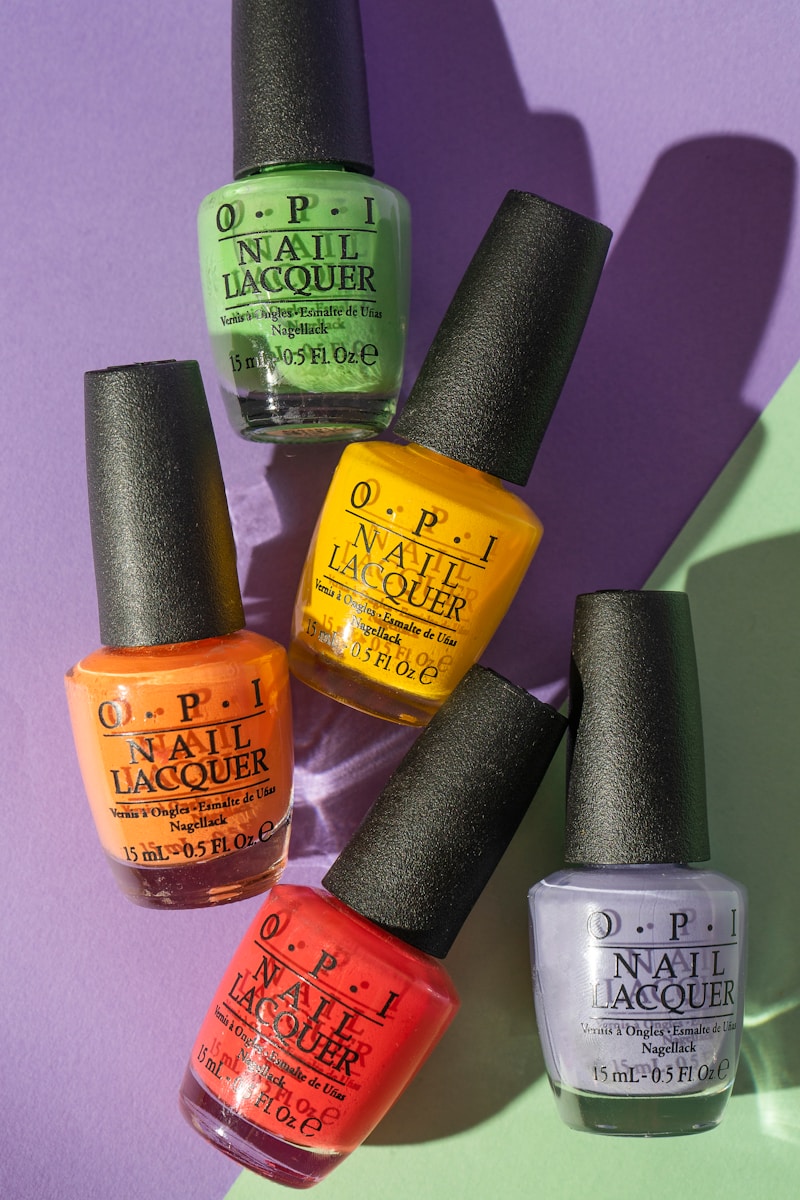
In recent years, the beauty industry has witnessed a transformative shift as consumers increasingly prioritize products that are not only effective but also clean, ethical, and sustainable. This movement, known as clean beauty, is reshcripting the way brands formulate, market, and sell their products. As awareness about the potential risks of certain chemicals in beauty products grows, more people are turning to clean beauty alternatives that promise transparency, integrity, and a focus on personal and environmental well-being. But what exactly does clean beauty entail, and why is it gaining such momentum? Let’s take a closer look at this movement and understand the factors driving the rise of clean beauty.
What is Clean Beauty?
Clean beauty refers to beauty products formulated without certain harmful ingredients, such as parabens, sulfates, phthalates, synthetic fragrances, and other potentially toxic chemicals that can cause skin irritation, allergies, or long-term health issues. Clean beauty products typically rely on natural, plant-based, and safe synthetic ingredients that are beneficial to the skin, ensuring a safe, effective, and eco-friendly option for consumers.
While there is no universally accepted definition for clean beauty, the term generally implies that products are free from harmful chemicals and formulated with a focus on safety, transparency, and sustainability. Many clean beauty brands are also cruelty-free, vegan, and use biodegradable or recyclable packaging.
Why Is Clean Beauty Gaining Popularity?
Increasing Health Consciousness Consumers are becoming more health-conscious and aware of what they put on their bodies. As the link between skincare and health becomes more widely understood, people are more cautious about using products that contain potentially harmful ingredients, especially since the skin is the body’s largest organ and absorbs much of what is applied to it.
Focus on Wellness: The growing interest in overall wellness—spanning diet, fitness, mental health, and skincare—has fueled the demand for clean beauty products. As individuals look to reduce their exposure to synthetic chemicals and toxins in food, air, and other environmental factors, clean beauty provides a safer alternative.
Increased Transparency Consumers today want transparency in the products they purchase, and they are demanding more information about the ingredients in their beauty products. This demand for transparency has led many brands to adopt clearer labeling practices, including a list of ingredients, their sourcing, and the impact they have on the environment.
Accountability and Trust: Clean beauty brands are transparent about their ingredient sourcing, manufacturing processes, and environmental impact, which builds trust with consumers. Many brands offer certifications like “organic,” “cruelty-free,” or “non-toxic,” further strengthening the transparency factor.
Sustainability and Eco-Conscious Choices Sustainability is a key element of the clean beauty movement. Consumers are becoming more concerned with the environmental footprint of the products they use, not just their health impact. Clean beauty brands often prioritize eco-friendly practices, such as using sustainably sourced ingredients, biodegradable or recyclable packaging, and minimizing waste.
Environmental Impact: Brands that emphasize ethical production, cruelty-free practices, and minimal environmental harm align with the growing consumer demand for sustainability. With plastic waste becoming a significant concern, clean beauty brands are adopting refillable packaging and reducing single-use plastics to promote a cleaner planet.
Social Media and Influencer Advocacy Social media platforms like Instagram, TikTok, and YouTube have amplified the clean beauty conversation. Influencers, celebrities, and beauty experts are using their platforms to promote clean beauty brands, educate their followers, and share personal experiences with safer, cleaner alternatives.
Real-Life Testimonials: The rise of clean beauty influencers and advocates has made the movement more accessible and mainstream. Consumers are increasingly drawn to influencers who share their clean beauty routines, product recommendations, and the benefits of using non-toxic beauty products.
The Shift Towards Natural Ingredients Natural ingredients, such as aloe vera, chamomile, tea tree oil, and various plant extracts, have long been revered for their skincare benefits. The clean beauty movement has reignited interest in these ingredients, promoting them as safer and more effective alternatives to synthetic chemicals.
Harnessing Nature’s Power: As consumers look for beauty products that nourish, hydrate, and protect the skin, many are turning to products that harness the natural power of botanicals, minerals, and plant-based oils. Clean beauty advocates emphasize the potency of nature’s ingredients, combined with cutting-edge formulations, for more holistic and effective skincare solutions.
Key Benefits of Clean Beauty
Reduced Exposure to Harmful Chemicals The main advantage of clean beauty is its focus on eliminating harmful chemicals commonly found in conventional beauty products. Ingredients like parabens, phthalates, and sulfates can irritate sensitive skin or lead to more serious health concerns over time. Clean beauty ensures that products are formulated with gentler, safer alternatives.
Gentler on the Skin Clean beauty products are often gentler on the skin, using natural ingredients that help nourish and repair the skin’s barrier. Many clean beauty brands also avoid synthetic fragrances and dyes, which are known allergens and irritants.
Ethical and Cruelty-Free A large segment of clean beauty brands also focuses on ethical practices, including cruelty-free formulations that are not tested on animals. The clean beauty movement encourages brands to operate with transparency and integrity, often supporting fair trade and ethical labor practices.
Supporting Sustainable Practices Clean beauty brands tend to prioritize sustainability, whether through eco-friendly packaging, renewable ingredients, or carbon-neutral operations. Consumers who care about environmental impact are drawn to brands that offer eco-conscious alternatives to traditional beauty products.
Challenges in the Clean Beauty Movement
While the clean beauty movement has seen rapid growth, it is not without its challenges. One of the biggest hurdles is the lack of clear, standardized definitions of what constitutes “clean” in beauty. Unlike organic or cruelty-free certifications, which have regulatory standards, clean beauty lacks a universally accepted set of guidelines, which can lead to confusion for consumers.
Additionally, as the popularity of clean beauty grows, some traditional beauty companies have begun to label their products as “clean” to capitalize on the trend, without truly meeting the criteria that clean beauty advocates expect. This practice, known as “greenwashing,” can mislead consumers and make it harder to distinguish between genuinely clean products and those that are simply marketed as such.
Looking Ahead: The Future of Clean Beauty
As consumer demand for clean, ethical, and sustainable beauty products continues to rise, the beauty industry is likely to see even greater innovation and reformulation in the years to come. In 2024 and beyond, the clean beauty movement will likely expand to include more accessible and affordable options, new technologies in product formulations, and continued growth in sustainability efforts.
Brands that prioritize transparency, ethical sourcing, and consumer health will continue to lead the charge in this evolving market. With clean beauty’s emphasis on wellness, sustainability, and transparency, it’s clear that this trend is more than just a passing phase—it’s a long-term shift that’s reshaping the beauty landscape for good.
Conclusion
The rise of clean beauty reflects a broader societal shift towards healthier, more sustainable living. As consumers become more educated and conscientious about what they put on their skin, clean beauty is poised to continue its upward trajectory. For beauty enthusiasts, this means more choices, safer products, and a greater focus on ethics and sustainability. The clean beauty movement is not just a trend—it’s a revolution in the way we approach beauty, health, and the planet.

